- Your cart is empty
- Continue Shopping
Grandstream DP760 Long Range DECT Repeater Price in Qatar
Brands Grandstream
Model: Grandstream DP760
Availability: In Stock
Part No: DP760
Product Description
Features
- Up to 2 concurrent HD calls
- Extends an additional range of 300 meters outdoors and 50 meters indoors for added mobility
- Automatic or manual association to DP750, base station for easy use
- Supports Plug-n-Play features like auto association, auto region detection and seamless call handover
- Automated provisioning options include XML config files
The Grandstream DP760 supports RF link (daisy chain) mode, or pairing with the DP750 over a network for transport. Each method has slightly different supported features. The DP760 supports one HD call in “daisy chain” mode, or two HD calls when using Ethernet-based pairing and transport. The device supports G.722, the wideband codec, or G.726, the narrow band codec. The Grandstream DP750 base station itself actually has support for several more codecs – more on this later.
Configuration
The Grandstream DP760, unlike the DP750, appears to be a multi-region device. The DECT radio standard utilizes different frequencies in Europe, Asia, and the United States. The DP760 is capable of operating on any of the required DECT spectrums, whereas the DP750 has region specific variants.
The DP760 is advertised as supporting “auto pairing”, but this is not quite true. Pairing the Grandstream DP760 to the Grandstream DP750 requires a little effort, at least in the United States. Out of the box, the DP760 appears to be set to scan for pairing requests on the European DECT standard frequencies. As a result, it will not auto pair with a US region DECT base station. Perhaps this will change with the launch device. We’ll have to wait and see.
To pair the Grandstream DP760 repeater with a DP750 base station in the United States, you must:
1. Connect the Grandstream DP760 to the same LAN as the DP750 using an Ethernet cable.
2. Enable Repeater Mode, and Repeater Management under the DECT General Settings tab on your DP750 base station.
3. Reboot the Grandstream DP750.
4. Go to the Status DECT Repeater Status page of the DP750. You may need to refresh your page, or clear your browser cache for this new option to appear. Pair the DP750 with the newly discovered DP760.
Testing
Voice and Sound Quality
Currently, the Grandstream DP750/DP760 cannot display the handsets associated with each device. However, this is apparently a planned feature. You can determine which handset is associated with the device from the handset settings menu. We made sure that the DP720 handset was associated with the repeater for all tests, and our DP760 repeater was connected to a LAN at all times, rather than using the RF link in daisy chain mode.
Voice quality was excellent for all of our test calls. It’s worth noting that the DECT interface only specifies two codecs for the RF interface, or the link between the handset and the base or repeater station. The voice codecs are G.722 for wideband, and G.726 for narrowband. It’s important to note that ALL calls from a Grandstream DP720 handset start using the G.722 wideband codec per the DECT specification. The calls are then transcoded by the base station to the codec specified in the profile.
This is one of the reasons why only a single call is supported when using RF daisy chain mode. The actual RF bandwidth utilized for the G.722 codec doesn’t allow for more calls. While this does sacrifice capacity for the sake of quality, we can say the quality is very good. Grandstream does recommend using G.722 at the SIP profile level to support the highest quality audio and avoid any transcoding.
Range
Our test of the DP720 DECT phone’s range was not in any way a scientific test. We did our best with the circumstances. The building we tested in is all brick, built circa 1881, and roughly 150 feet long and approximately 50 feet wide. The base station was at one end of the building, and the repeater was at the opposite end of the building, approximately 150 feet away. Both devices were connected to the LAN via Ethernet.
Within the building coverage, there weren’t any dead zones or areas where calls started to break up. We were able to make calls and keep conversations going for approximately 100 yards outside of either end of the building. That’s 100 yards away from either the base station, or the repeater, through a brick wall, with a total coverage area of about 250 yards in diameter. This seems reasonably in line with Grandstream’s claims of “300 meters outdoors and 50 meters indoors”.
Compatibility
The Grandstream DP760 meets all of our interoperability testing requirements.

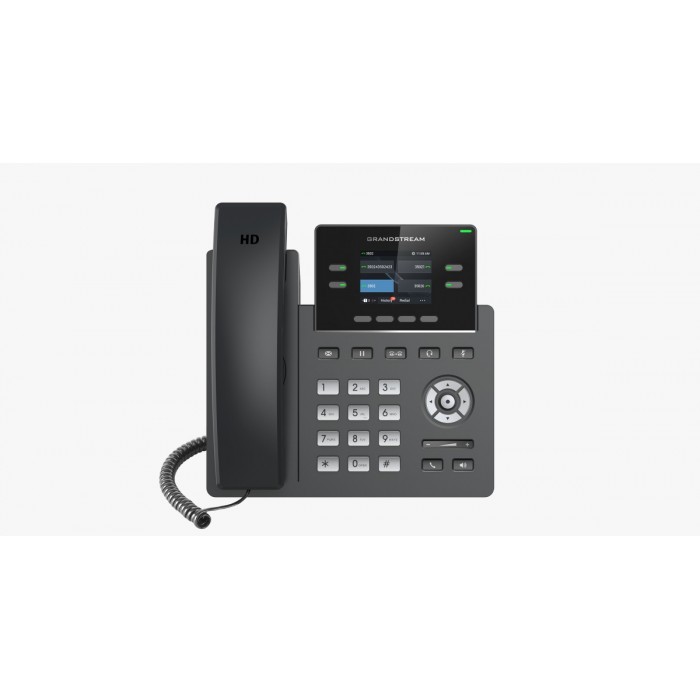

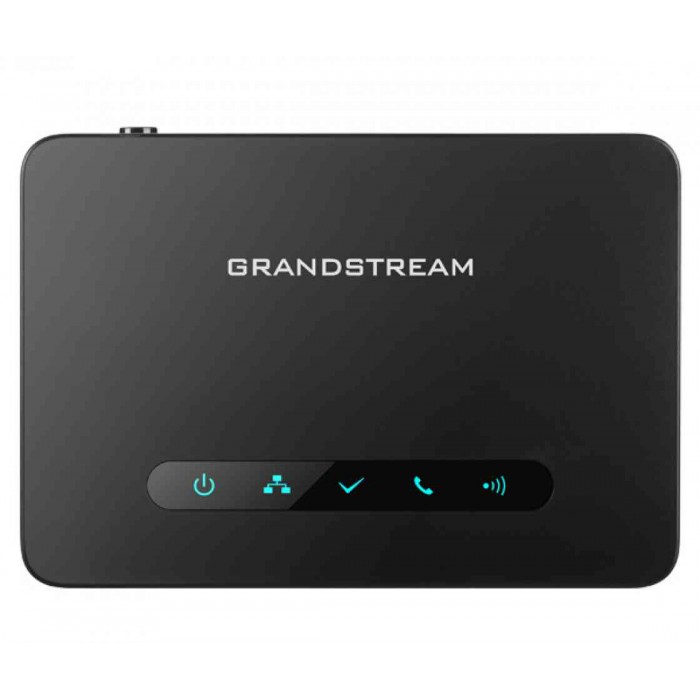
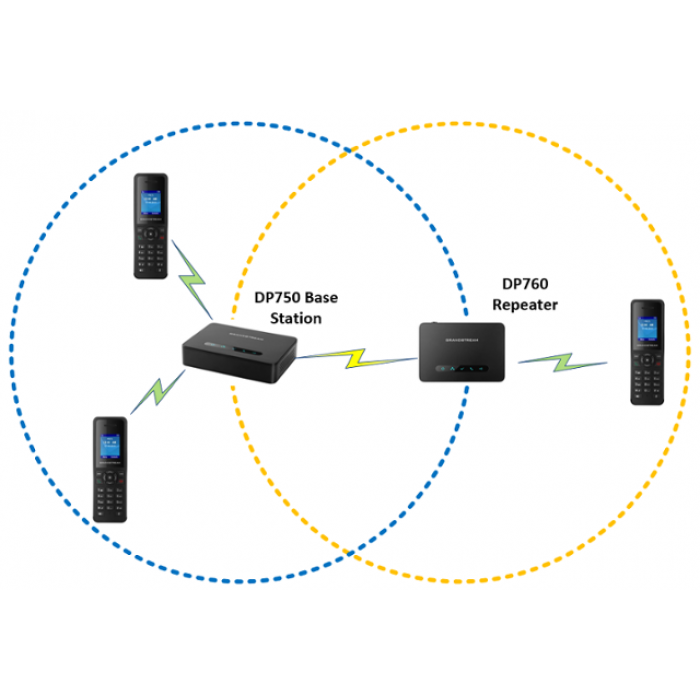
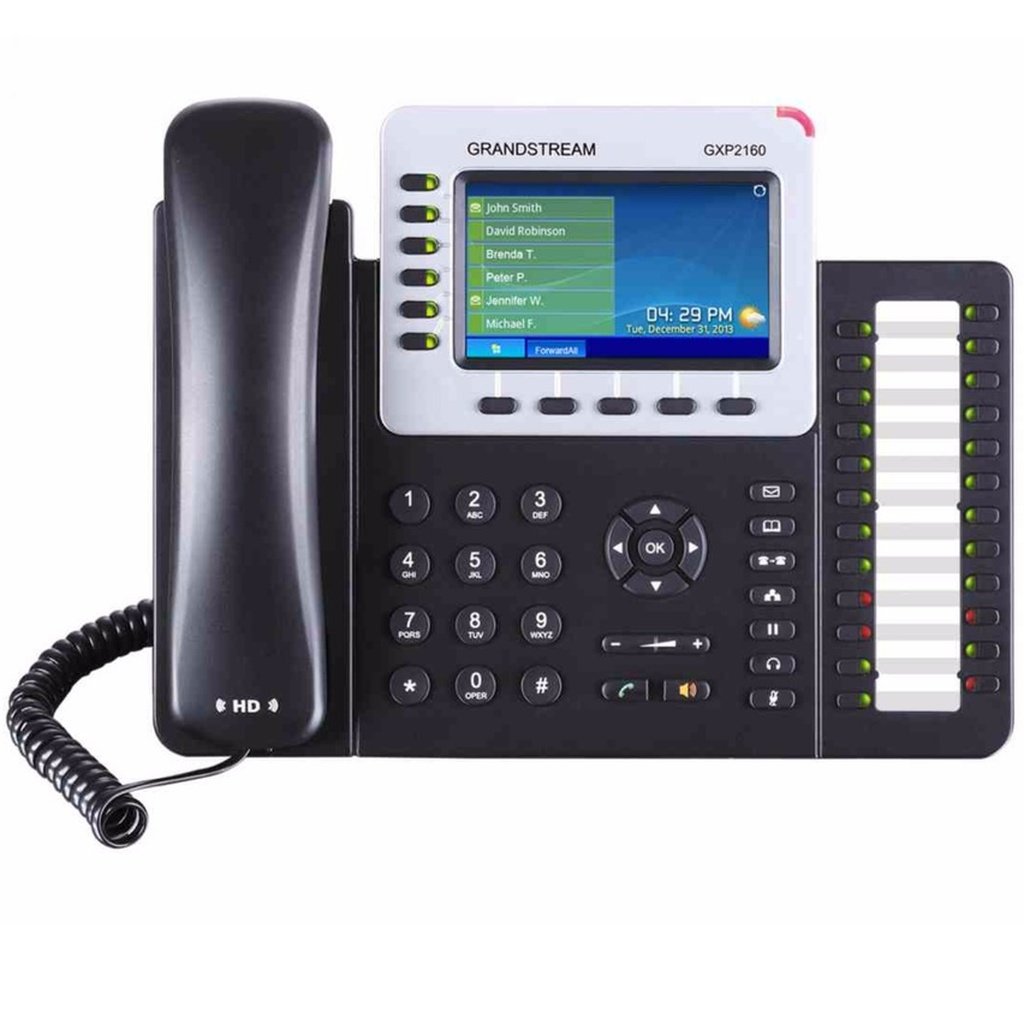
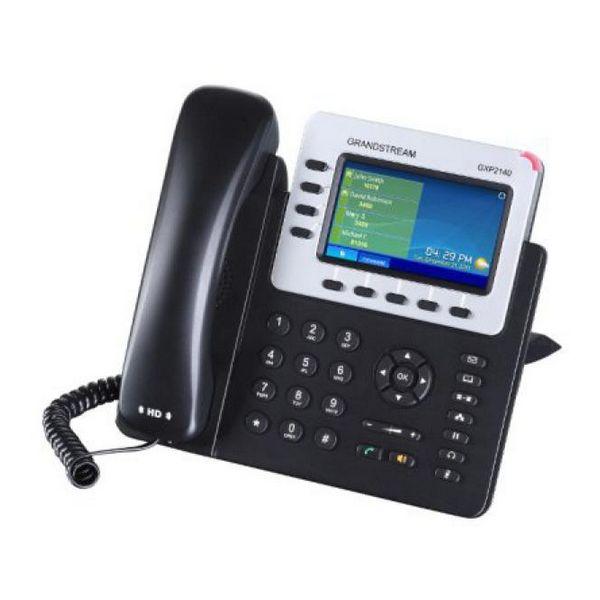
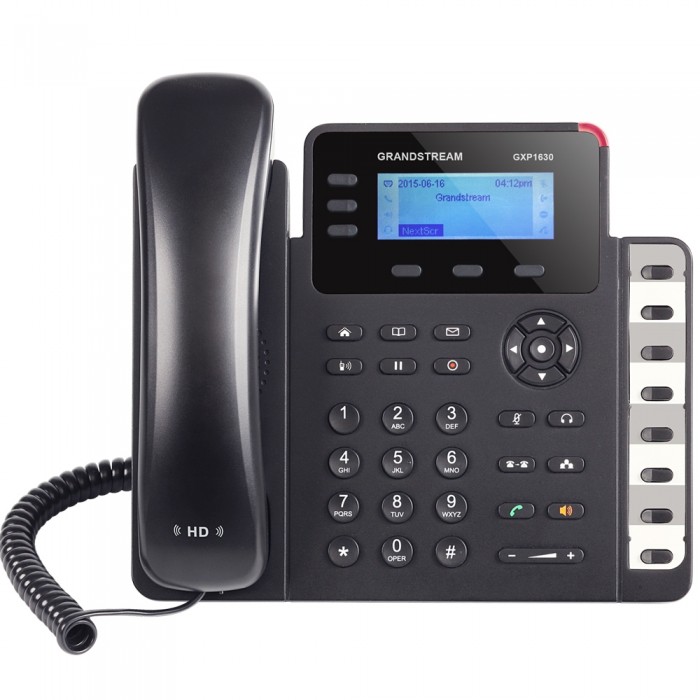
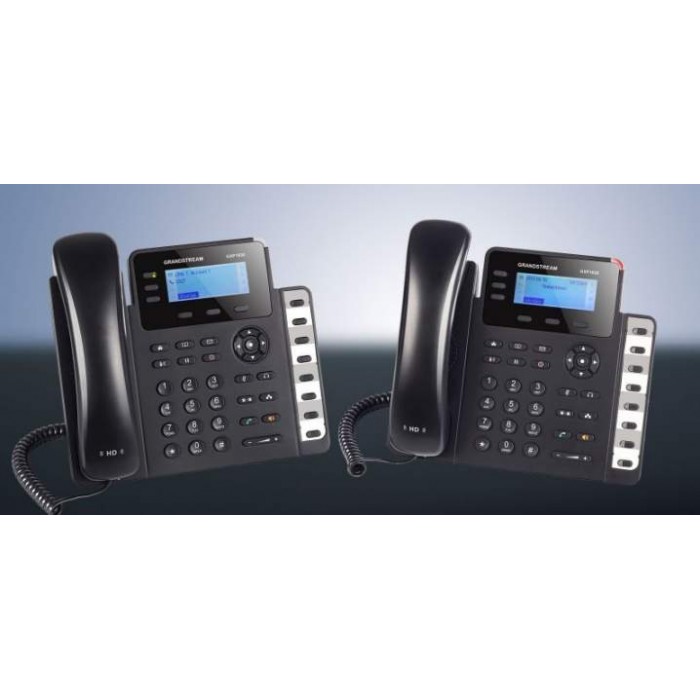


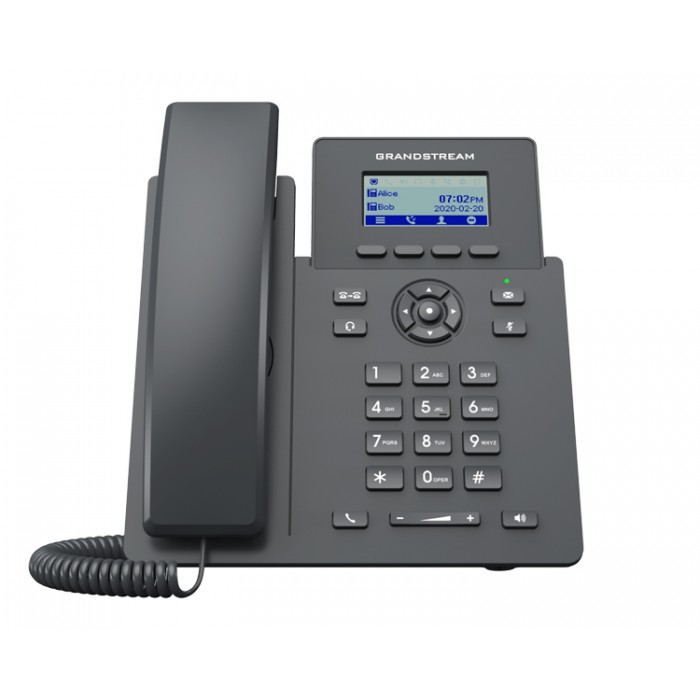

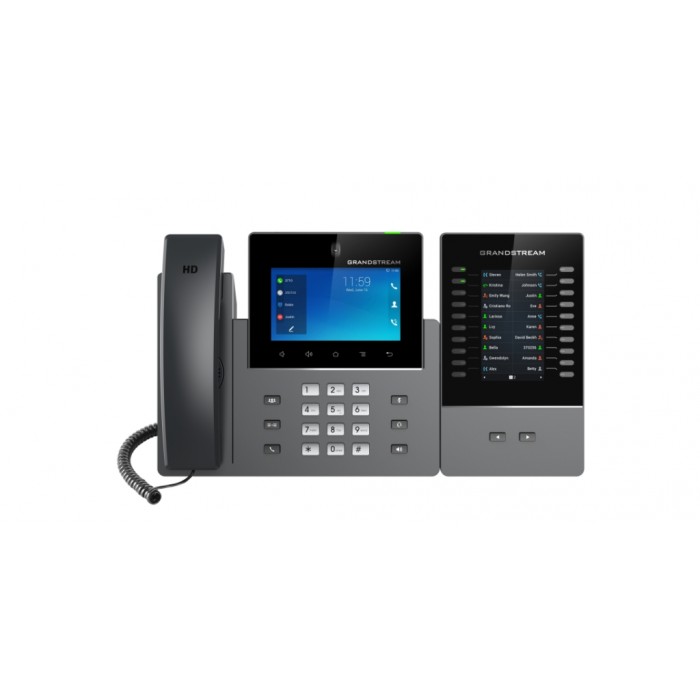
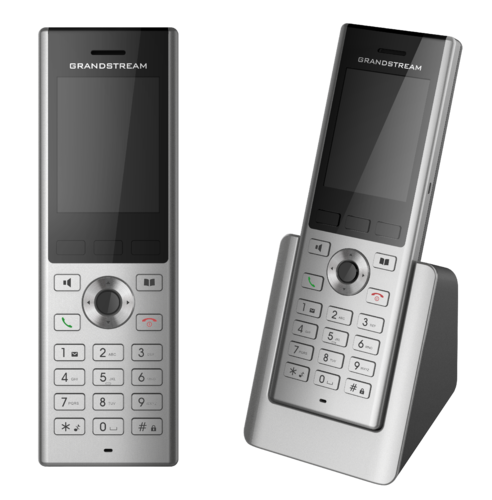

Reviews
There are no reviews yet.